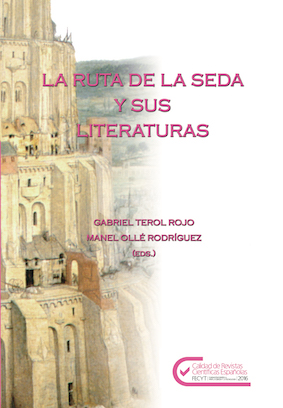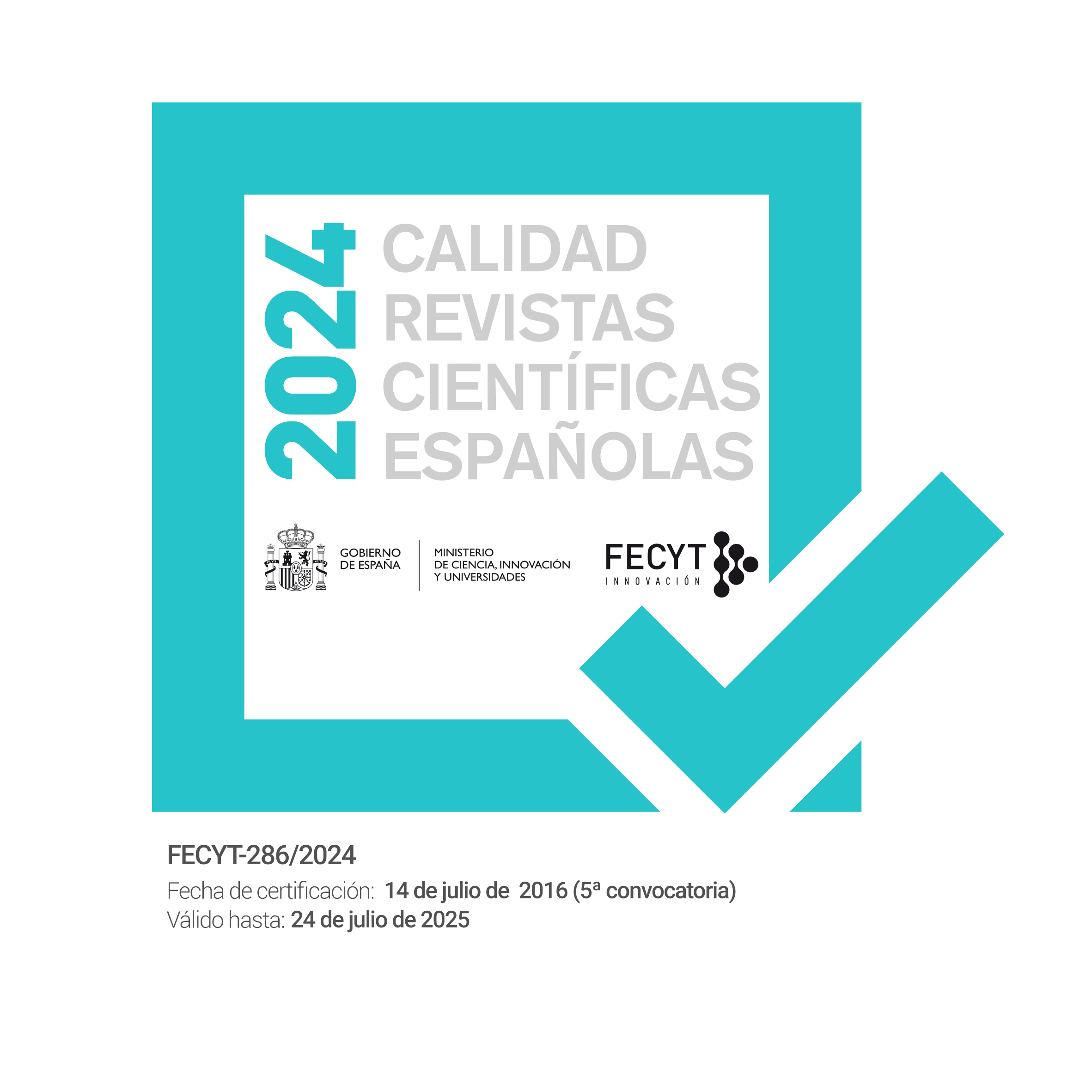La representació de la dona sericicultora en textos literaris valencians de la Renaixença: l’eco de Frederic Mistral
DOI:
https://doi.org/10.7203/qdfed.23.13465Paraules clau:
Sericicultura, dones, Frederic Mistral, Renaixença valenciana, Teodor Llorente Resum
Resum
A la fi del segle XIX, trobem cultivadores de seda als camps de moreres, com mostra Frederic Mistral al seu poema èpic rural Mirèio (1859). A més de compartir la pràctica d’una activitat agrícola i industrial associada a la producció de la seda, entre els territoris de Provença i València s’estableix una relació literària. En aquest treball relacionem la representació literària de les dones dedicades a la sericicultura que presenta Mirèio amb la poesia de la Renaixença valenciana, des de Teodor Llorente passant per Constantí Llombart, Josep Maria Puig i Torralva i Francesc Badenes.
 Descàrregues
Descàrregues
Descàrregues
Publicades
Com citar
-
Resum463
-
PDF (Español)378
Número
Secció
Llicència
 Este obra está bajo una licencia de Creative Commons Reconocimiento-NoComercial-SinObraDerivada 4.0 Internacional.
Este obra está bajo una licencia de Creative Commons Reconocimiento-NoComercial-SinObraDerivada 4.0 Internacional.
Tots els documents inclosos a OJS són d'accés lliure i propietat dels seus autors i/o institucions editores, i per tant, qualsevol acte de reproducció, comercialització, comunicació pública o transformació total o parcial necessita el consentiment exprés i escrit d'aquests.
________
Authors who publish with this journal agree to the following terms:
- Authors retain copyright and grant the journal right of first publication with the work simultaneously licensed under a Creative Commons Attribution License that allows others to share the work with an acknowledgement of the work's authorship and initial publication in this journal.
- Authors are able to enter into separate, additional contractual arrangements for the non-exclusive distribution of the journal's published version of the work (e.g., post it to an institutional repository or publish it in a book), with an acknowledgement of its initial publication in this journal.
- Authors are permitted and encouraged to post their work online (e.g., in institutional repositories or on their website) prior to and during the submission process, as it can lead to productive exchanges, as well as earlier and greater citation of published work (See The Effect of Open Access).




